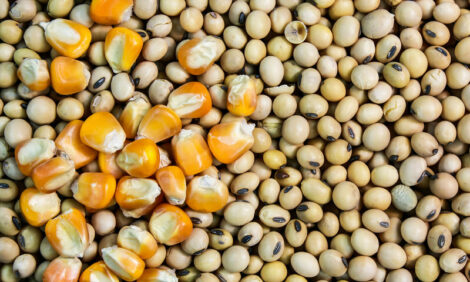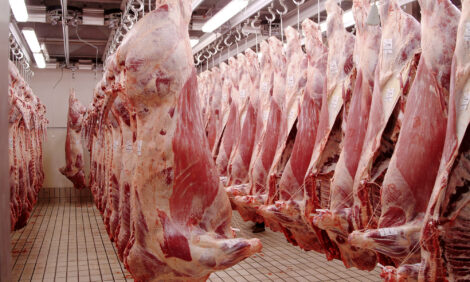



Inadequate iron supplements cause subclinical anemia in weaned pigs
The standard 200 mg iron shot for baby pigs at processing may not be enough iron to last until weaning. Anemic pigs at weaning also grow slower in the nursery, reports Sam Holst, DVM, veterinarian with Swine Vet Center, St. Peter, Minnesota.
“The 200 mg injection of iron at processing was the gold standard…We need to relook at [it] to make sure we’re optimizing iron supplementation,” Holst said.
Checking hemoglobin
What he’s learned is no iron protocol works for all hog systems. Using a hand-held hemoglobin reader called HemoCue, Holst conducts diagnostic hemoglobin tests on-site for clients. He usually tests 20 to 30 piglets in a unit right before weaning.
“If we end up with greater than 20% or 30% of pigs iron-deficient or anemic at weaning, then we decide if we need to increase the dose,” he said. “Sometimes we review injection techniques with the staff to make sure [they are] giving a quality dose and not getting iron running out of the injection sites. Or we may decide to administer two doses of iron.”
The most common solution is increasing the dose. Holst sees farms use from 250 mg to 300 mg in a single injection. Going higher in a single dose may cause iron toxicity. If more iron is required, two doses are recommended.
Holst has clients using two doses, especially on farms with extended weaning ages. “If we’re getting out to 23, 24 days at wean age, we really tax that initial iron dose,” he explained. “In those situations, we have gone to either two 150 mg doses or two 200 mg doses.”
Subclinical anemia cases
The iron deficiencies Holst sees are not clinical cases where the deficiency is obvious, such as rough hair coats and pale pigs. Instead, it is subclinical anemia and not visually obvious.
“If we were to identify a group that had some significant anemia issues at weaning, we may go in and inject some iron [right after] weaning to try to catch them up,” he explained.
“There’s been some data that shows piglets that are anemic at weaning will actually grow slower throughout the nursery,” Holst continued. “So if it’s a severe group, it is advantageous to go in and supplement that group.”






